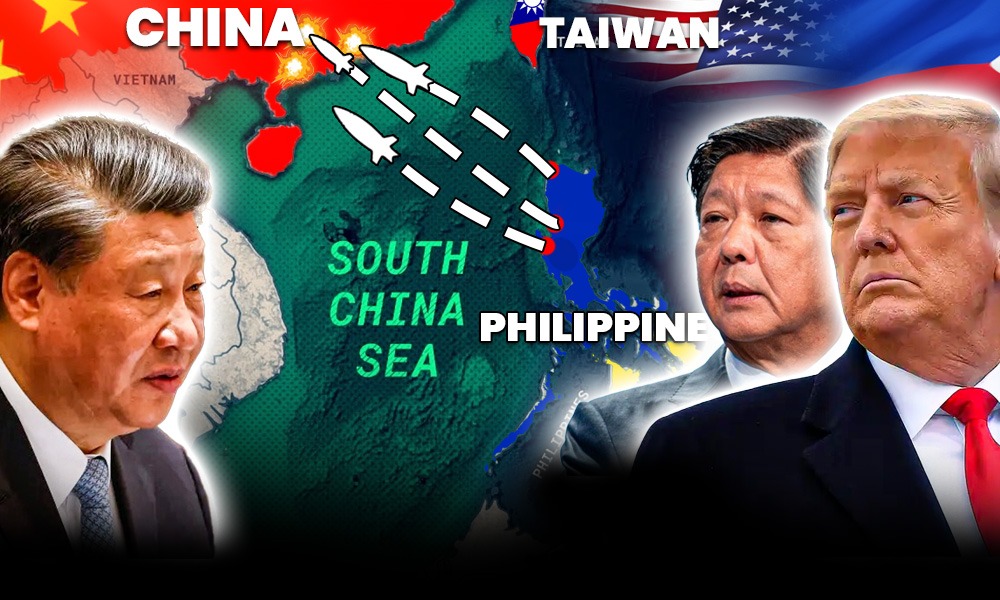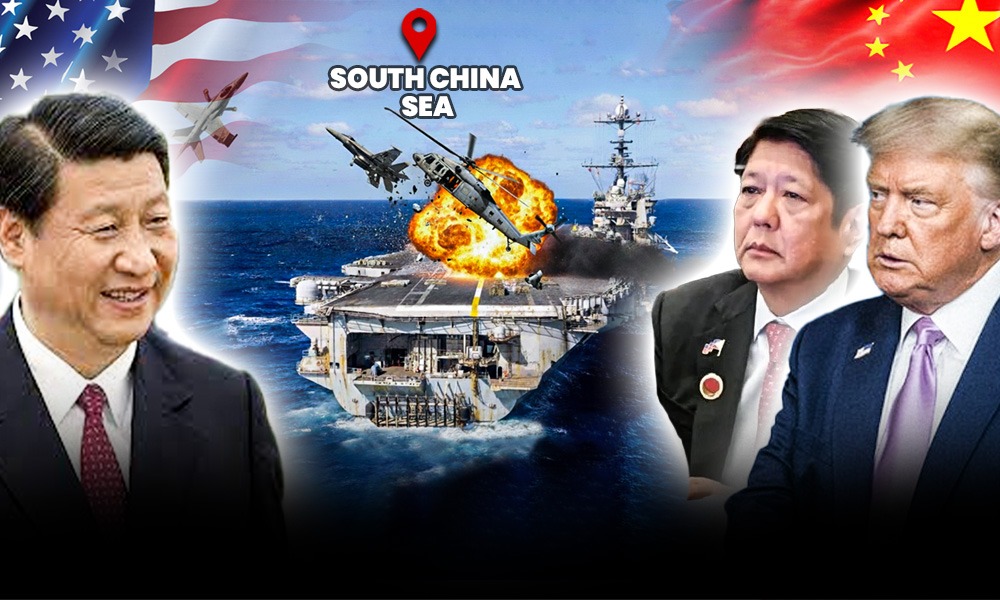I. Introduction
The South China Sea has been a hotbed of territorial disputes for years, with several countries including China, the Philippines, Vietnam, Malaysia, and Brunei claiming overlapping parts of the maritime region. The area is rich in natural resources and is a vital commercial waterway, making it a strategic point of contention. One such disputed area is the Second Thomas Shoal, known as Ayungin Shoal in the Philippines and Renai Reef in China. The shoal is within the 200-nautical mile (370km) exclusive economic zone of the Philippines but is also claimed by China.
II. Details of the Incident
On July 10, 2024, the Philippines accused Chinese vessels of trying to block the evacuation of a sick soldier from an “illegally grounded warship” at Second Thomas Shoal. The Philippine Navy stated that the patient was taken from the BRP Sierra Madre, a rusting vessel that was run aground at Second Thomas Shoal 25 years ago, to Camp Ricarte Station Hospital in Puerto Princesa, Palawan. The Philippine coastguard claimed it had “faced numerous obstructing and delaying manoeuvres” by its Chinese counterpart but “remained steadfast”. This incident marked another escalation in the ongoing territorial dispute between the two nations.
III. Philippine Government’s Response
The Philippine government has strongly condemned the alleged actions of the Chinese vessels. The Department of Foreign Affairs (DFA) lodged a diplomatic protest against China, calling the incident a “blatant infringement of Philippine sovereignty”. The incident has also stirred up nationalist sentiments among the Philippine public, putting pressure on the government to take a tougher stance against China.
IV. China’s Reaction
China rebuked the Philippines, accusing it of “deliberately misleading” the international community. In a statement, the China Coast Guard said it had allowed the Philippines to evacuate the ill person under “humanitarian considerations” and had “monitored and verified” their actions in accordance with the law. Chinese coastguard spokesman Gan Yu stated that the “relevant Philippine parties ignored the facts, maliciously hyped up [accusations], and deliberately misled international cognition”. He affirmed that China had “indisputable sovereignty” over the Nansha Islands, also known as the Spratly Islands, including Renai Reef and its surrounding waters.
V. International Reactions
The escalating tensions between China and the Philippines have drawn international attention and elicited responses from various leaders and experts. Collin Koh, a maritime affairs expert at the S. Rajaratnam School of International Studies in Singapore, suggests that a second legal defeat for China in the international court would not reflect well on China’s reputation. He believes that the seven years since the last international ruling is a long time, and a new case building on the previous one would inject renewed vigor into global scrutiny of China’s actions in the South China Sea.
US President Joe Biden has warned China that the US will defend the Philippines in case of any attack in the disputed South China Sea. This reiteration of the US’s “ironclad” defense commitment to the Philippines underscores the geopolitical implications of the dispute.
VI. Historical Context
The South China Sea dispute is not a recent development but has deep historical roots. The region has been a point of contention for centuries, with various Southeast Asian nations asserting their claims over different parts of the sea. The modern dispute, however, can be traced back to the 20th century when several nations began to assert their sovereignty over the islands and reefs in the South China Sea.
The Second Thomas Shoal, in particular, has been a flashpoint in the dispute. The Philippines grounded the BRP Sierra Madre, a rusting naval vessel, on the shoal in 1999 to reinforce its claim. China, however, views this as an illegal occupation and has maintained a constant maritime presence around the shoal.
In 2016, the Permanent Court of Arbitration in The Hague ruled in favor of the Philippines in a case against China’s claims in the South China Sea. The court declared China’s “nine-dash line” claim, which covers nearly the entire South China Sea, as having no legal basis. However, China rejected the ruling, and the decision did not lead to a significant change in the status quo.
VII. Analysis
The ongoing dispute between China and the Philippines in the South China Sea has significant geopolitical implications. For China, asserting its claims in the South China Sea is a matter of national pride and a demonstration of its growing global power. It is also strategically important due to the sea’s rich natural resources and its importance as a commercial waterway.
For the Philippines, the dispute is about protecting its territorial integrity and its rights to exploit the resources within its exclusive economic zone. The recent incident could further strain Philippines-China relations and push the Philippines to seek stronger security ties with other countries, particularly the United States.
The involvement of international leaders and organizations like the US, ASEAN, and Japan further complicates the issue. The US, in particular, has been vocal in its support for the Philippines and its opposition to China’s assertive actions in the South China Sea. This could potentially escalate tensions between the US and China, two of the world’s superpowers.
VIII. Conclusion
The South China Sea dispute continues to be a complex issue involving territorial claims, national pride, and international law. The recent incident involving the Philippines and China is just the latest in a series of escalating tensions in the region.
As tensions escalate, it is crucial for all parties involved to engage in peaceful dialogue and negotiations to prevent further conflicts. The role of international law and multilateral institutions is also critical in resolving these disputes and ensuring the preservation of the region’s rich biodiversity.
However, the resolution of the South China Sea dispute is not just about resolving territorial claims. It is also about managing the rise of China as a global power, maintaining regional stability, and upholding the rules-based international order. The way this dispute is handled could set a precedent for other territorial disputes around the world and shape the future of international relations in the Indo-Pacific region.



